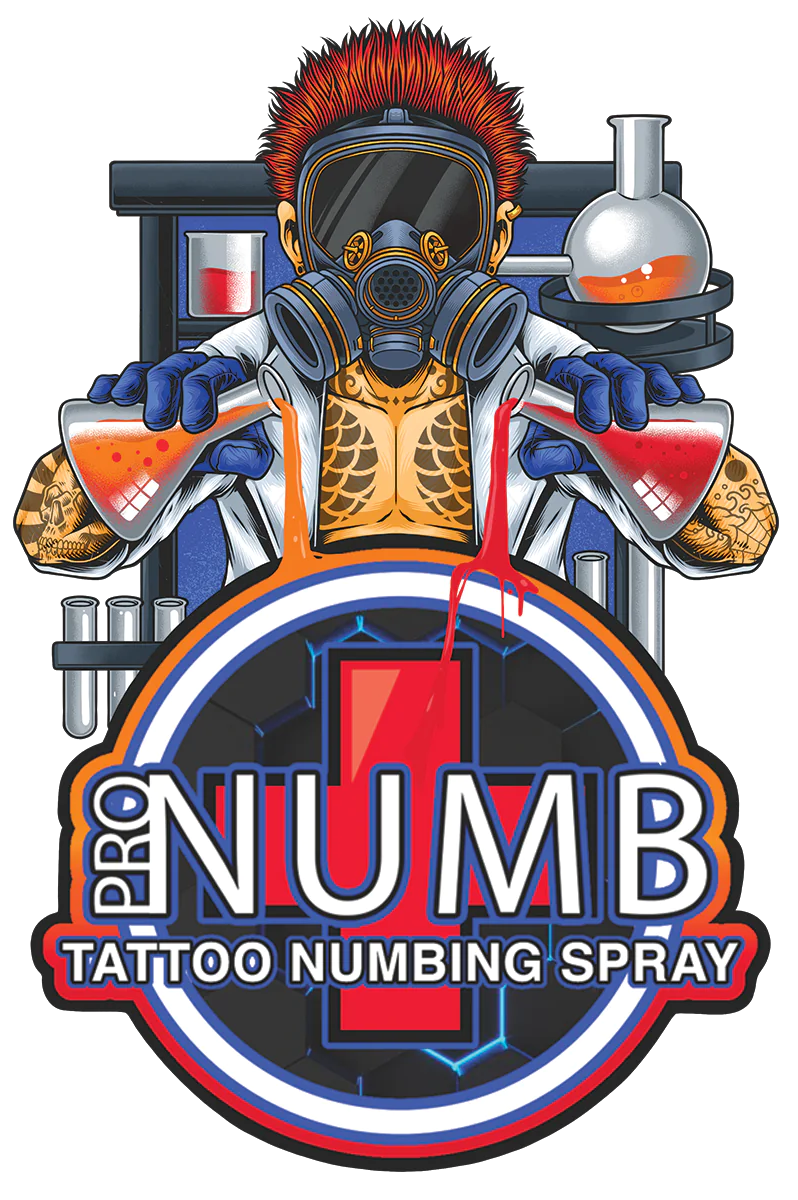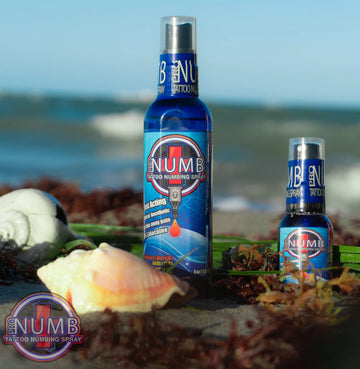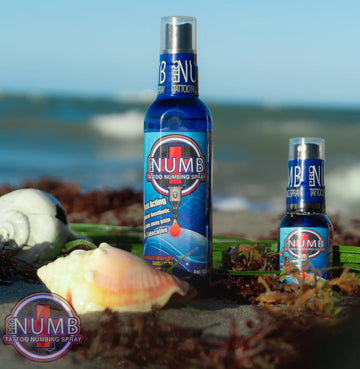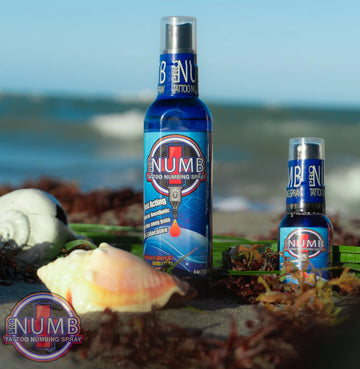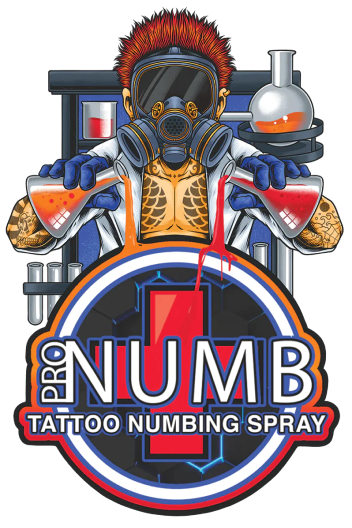Welcome to our in-depth exploration of numbing sprays and their role in the tattoo healing process. As tattoo enthusiasts seek more comfortable experiences, numbing sprays have become a popular choice to alleviate pain both during and after getting a tattoo. However, while the immediate effects of these sprays—such as pain relief—are well known, there's less clarity about how they interact with the healing phases of a tattoo.
This article aims to shed light on exactly how numbing sprays affect tattoo healing. We'll delve into the chemical makeup of these sprays, their effects on the skin's healing mechanisms, and the potential benefits and risks associated with their use post-tattoo application. Whether you're considering getting a tattoo, or are a seasoned artist looking to expand your knowledge on aftercare products, this guide will provide you with comprehensive insights into the proper use and effects of numbing sprays on tattoo healing.
How Numbing Spray Benefits in Tattoo Healing
The use of numbing spray during the tattoo process can offer significant benefits, primarily centered around enhancing the overall experience by managing pain and discomfort. Here’s how these benefits can positively impact the healing process:
Pain Relief
One of the most immediate and obvious benefits of numbing spray is its ability to alleviate pain. By temporarily blocking nerve signals in the skin, numbing sprays can provide substantial relief during the tattooing process, making it more bearable for individuals who have a low pain threshold or are undergoing extensive sessions. This reduction in pain can:
Decrease Stress and Anxiety
Pain can trigger stress responses in the body, which may negatively affect the healing process. By minimizing pain, numbing sprays can help reduce stress and allow the body to focus more on healing.
Prevent Unnecessary Movement
When clients are in less pain, they are less likely to move during the tattoo session, which not only facilitates a smoother application of the tattoo but also minimizes skin trauma. This can lead to a cleaner healing process.
Potential Reduction in Swelling
Although numbing sprays primarily work by blocking pain, some formulations may also contain ingredients that can help reduce swelling. The vasoconstrictive properties of certain numbing agents, while primarily intended to reduce bleeding and pain, can also:
Minimize Inflammatory Responses
By constricting blood vessels, there can be a temporary reduction in the typical swelling associated with tattooing. This can make the tattooed area feel more comfortable and potentially decrease the duration of the inflammatory phase of healing.
Improve Comfort Post-Tattoo: Reduced swelling can enhance comfort immediately after the tattoo session, helping clients to manage the aftercare process more effectively and with less discomfort.
Enhanced Healing Experience
While the numbing spray does not directly quicken the healing process, the reduction in pain and swelling can contribute to a more positive healing experience. Comfortable clients are more likely to follow aftercare instructions diligently, such as keeping the tattoo clean and moisturized, which are crucial for optimal healing. Moreover, the less traumatic experience during tattoo application might result in fewer complications, such as infection or scarring, which are often exacerbated by excessive movement or poor aftercare.
Conclusion
In conclusion, while numbing sprays are primarily valued for their ability to reduce pain during tattoo sessions, their benefits can extend into the healing process, providing a more comfortable and potentially smoother recovery. However, it is vital for users and artists to choose high-quality tattoo numbing spray and use them judiciously to avoid any adverse effects that could affect the tattoo’s healing and final appearance. Always consult with a professional tattoo artist and consider a patch test to check for any allergic reactions before proceeding with its use.
